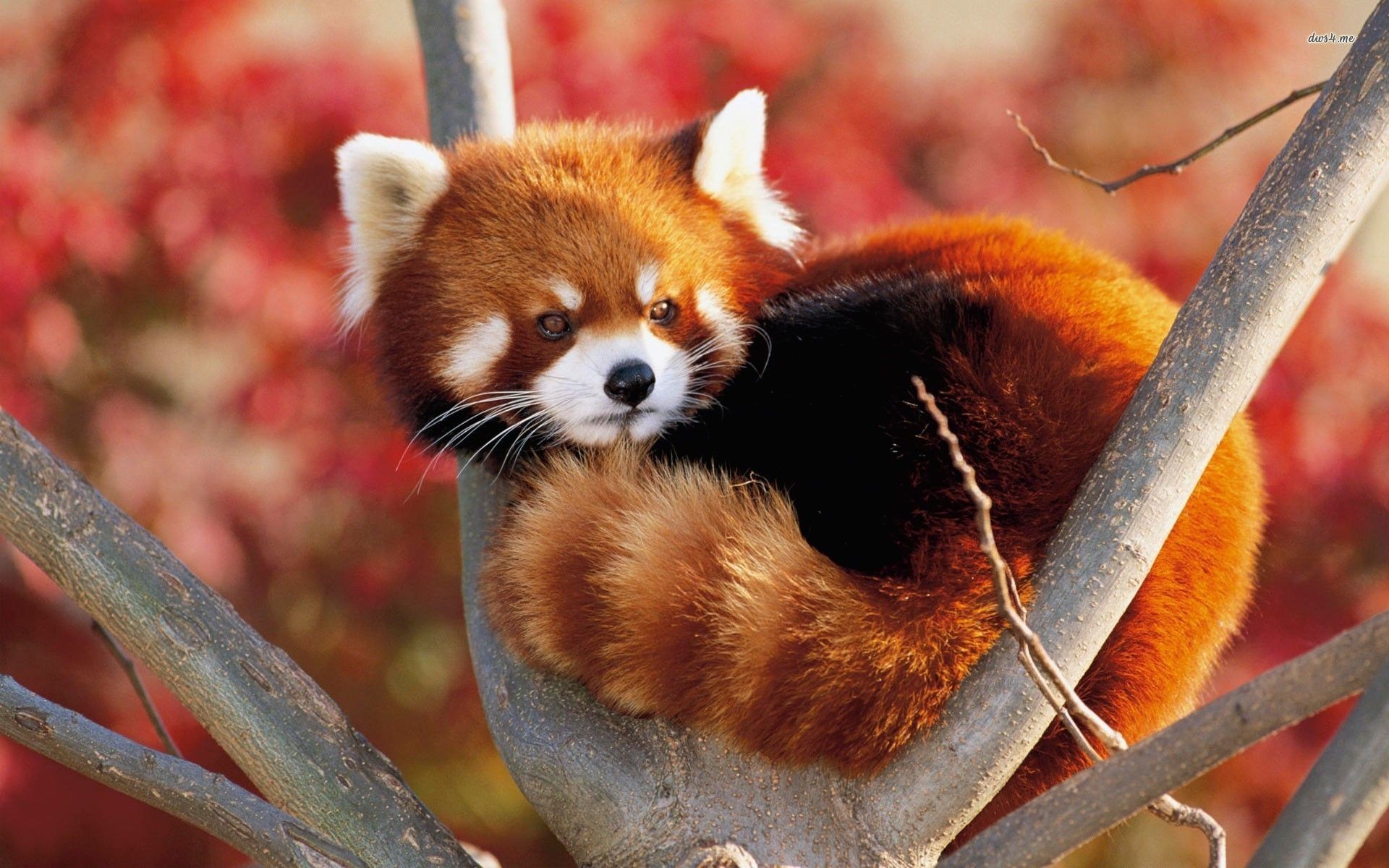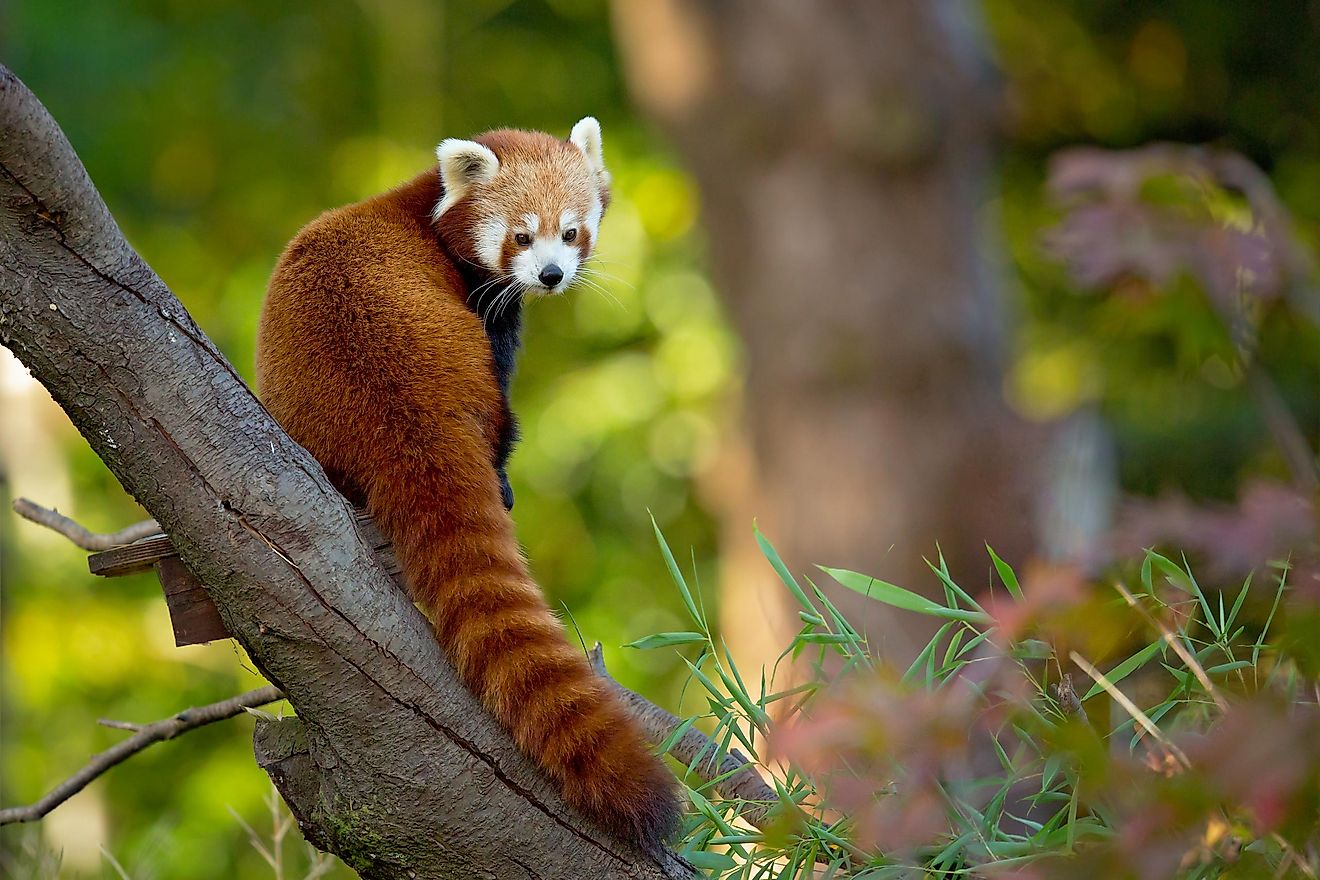The Enigmatic Red Panda: Nature's Most Mysterious Brother
Adorable fluffy face, raccoonlike mammals with reddish brown in colour and bushy-long-tailed, what animal would you think of with this criteria?
In this blog, we embark on a journey to uncover the captivating world of the red panda, where nature's most mysterious muse awaits. Red panda (Ailurus fulgens), also known as lesser panda. Red pandas share the similar name to giant panda, yet they are not relate. It is believed that its name is derived from Nepalese words "nigalya ponya" meaning "bamboo eater", and they are more close related to weasels, raccoons. They can live up to 10 years in wild and be found in the Himalayas and adjacent areas of eastern Asia. Yet growing evidence in genetic study suggests that the Himalayas red panda and the Chinese red panda are two distinct species.
To distinguish between Himalayan red pandas and China red pandas, we may look at their face, size and tail rings. First, Himalayan red pandas have more white fur on their face, while China red pandas are more reddish. Besides, China red pandas are larger in size and have distinct tail rings, the dark rings are darker while the pale rings are more white.
Himalayan red pandas inhabit temperate broadleaf and mixed forest, on the other hand, China red pandas inhabit coniferous forests as well as temperate broadleaf and mixed forests. Red pandas have developed remarkable environmental adaptations: their flexible ankles allow them to climb trees headfirst, and their keen, semi-retractable claws enable them to grasp slick branches. This facilitates their swift escape from jackals and snow leopards, among other predators who might find it challenging to see the animals in the first place: Their black bellies make them difficult for predators to see from the ground, and their coats blend well with the moss clumps that develop on their tree houses.
In order to protect themselves from the cold mountain air, red pandas even have two layers of fur: a soft undercoat covered in coarse hairs, which they utilise as a blanket. Their long tail also serves this purpose.
Red pandas are omnivores, they consume up to 4 pounds of bamboo a day. Sometimes, they eat fruits, roots, and rodents too. Male red pandas are solitary, when interacting with other pandas, they communicate by shrieking, bobbling their head, arching their tails and making sounds like a "huff-quake". Besides, to alert other pandas to their presence, scent glands on their feet and the base of their tail are used to secrete a colourless and odourless to humans but pungent to pandas.
References
- The Editors of Encyclopaedia Britannica. red panda, Encyclopedia Britannica. viewed 4 November 2023, <https://www.britannica.com/animal/red-panda>
- Red panda, National Geographic, viewed 4 November 2023, <Red pandas, facts and photos (nationalgeographic.com)>
- Corryn Wetzel, 2022, Before Seeing ‘Turning Red,’ Learn These Amazing Red Panda Facts, Smithsonian MAGAZINE, viewed 4 November 2023, <Eight Amazing Red Panda Facts | Science| Smithsonian Magazine>




Is the red panda living in group or living alone?
ReplyDelete